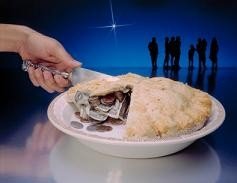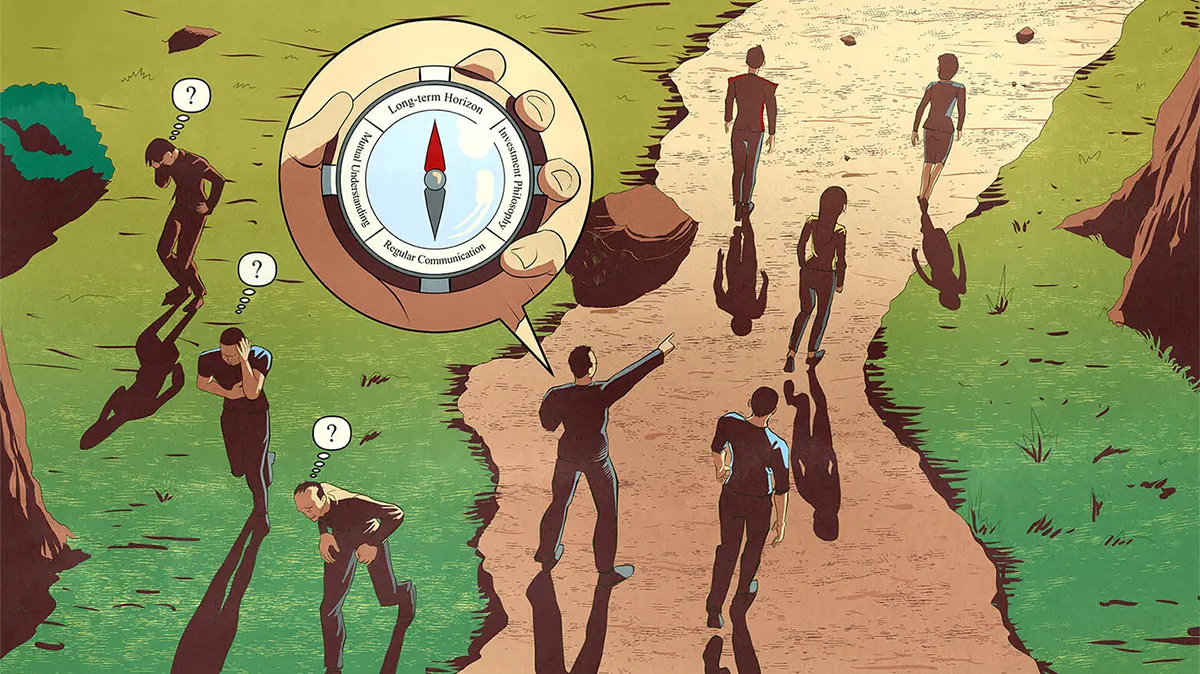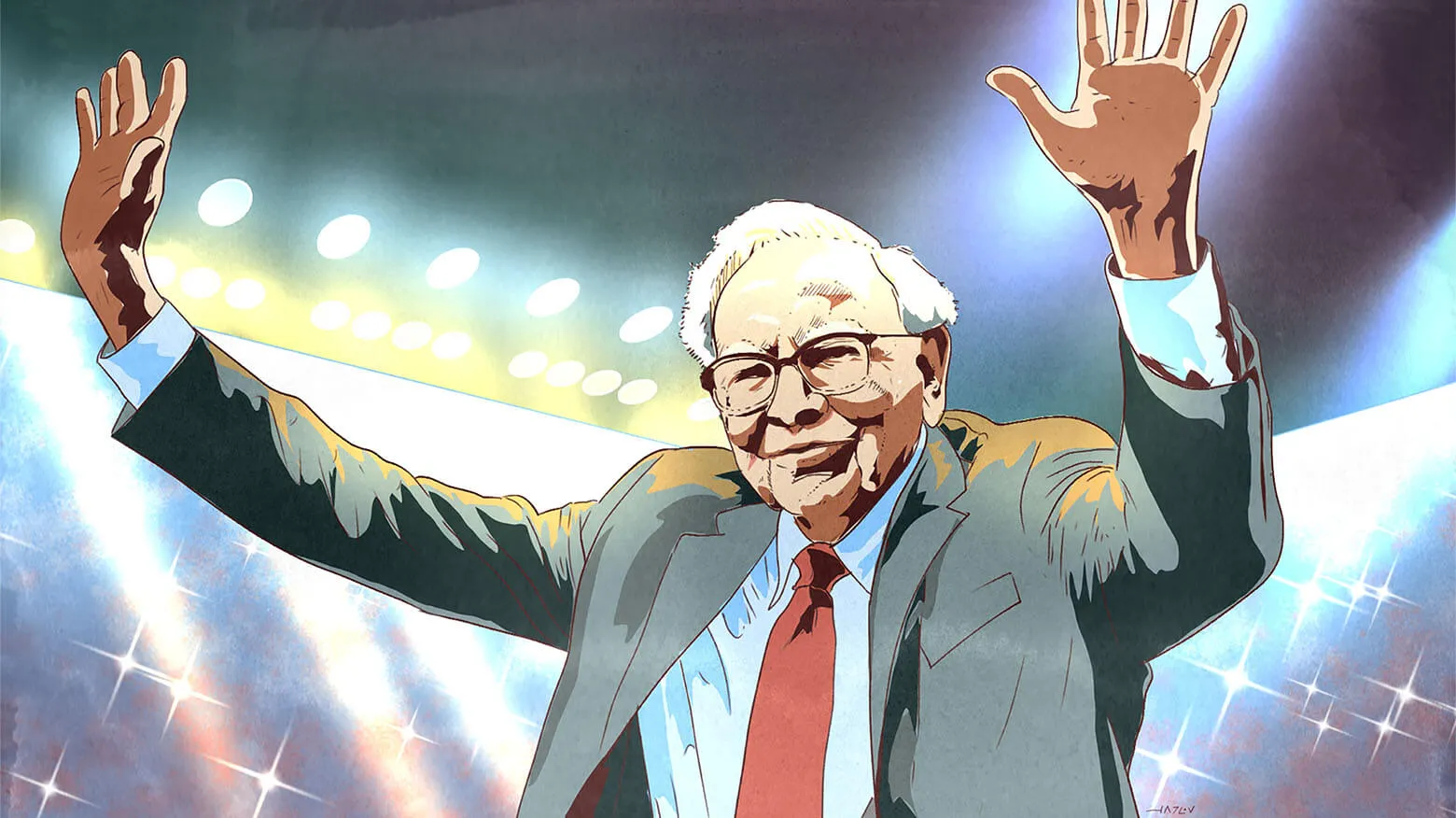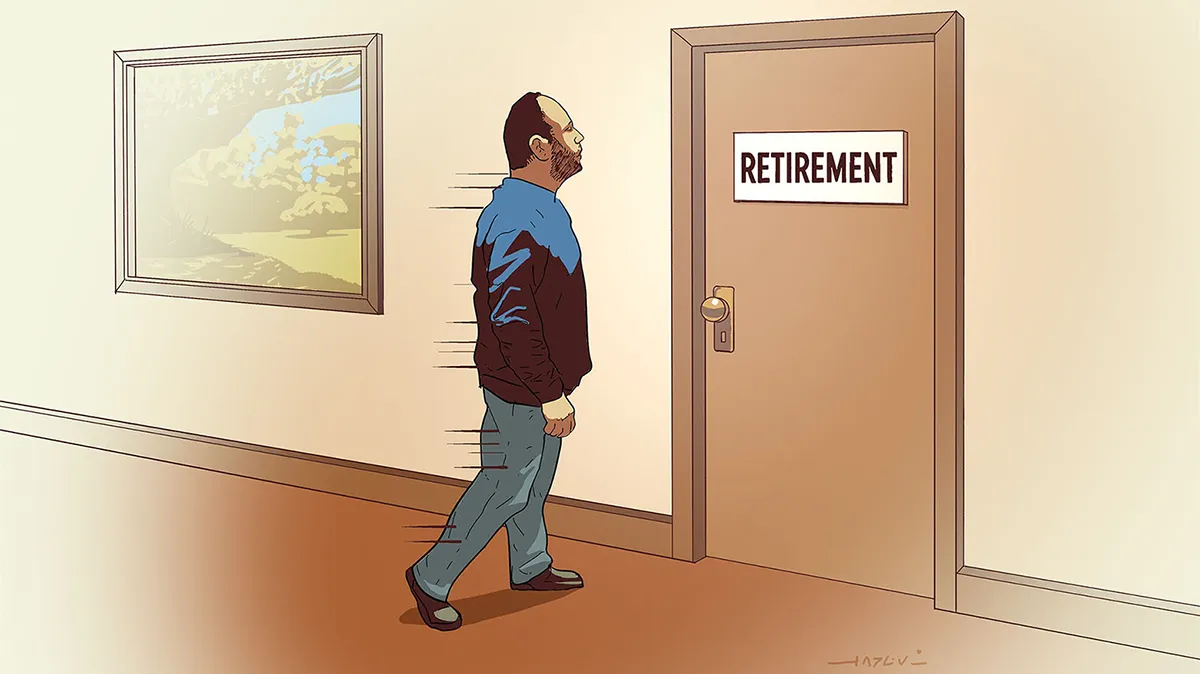
The NY Times came up with a very interesting way to look at consumer spending. In the long run, consumer spending is a function of consumer income. Though since early 2000 it did not appear to be the case as consumers financed their spending by borrowing against their future income. If you believe that consumer spending is likely to stagnate but the cost of food, healthcare and energy is likely to increase (it did in 2007), then something has got to give.
In other words the income pie is not growing; some slices are expanding at the expense of “X.” And that is the question that this NY Times diagram may help to answer: at the expense of what?
Several categories come to mind right away: new car sales – yes we will be driving older cars (maybe we should look to used car or auto parts stores). We’ll be eating out less which will likely impact the full service restaurants by a large degree. Fast food may get hurt by this trend as well but at the same time, some may chose to downgrade to fast food from full service restaurants. In regards to travel, the vacation homes and hotels are likely to be another casualty.









0 comments
0